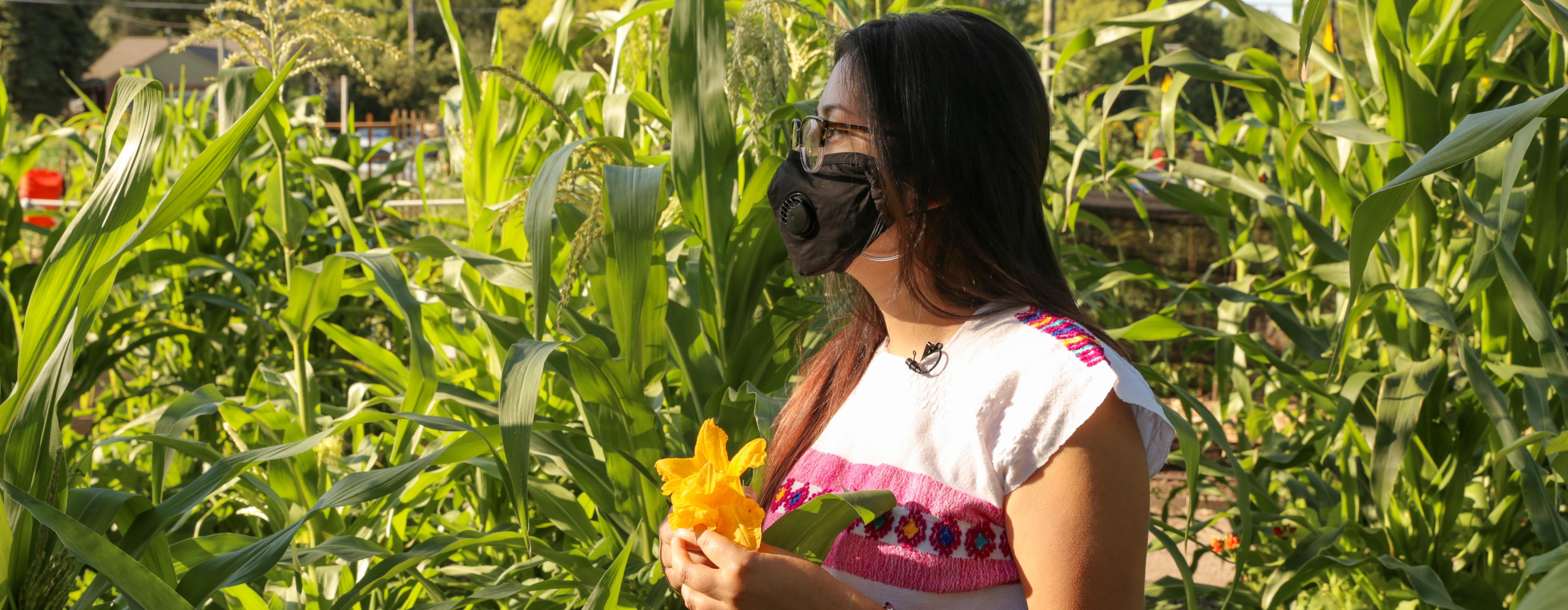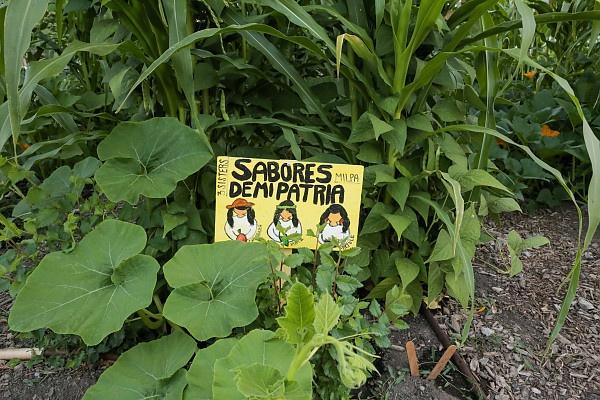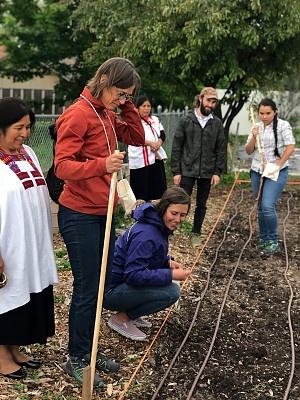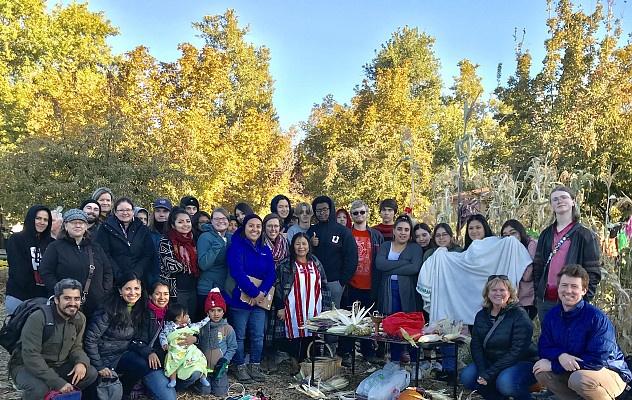Para la versión en español de esta publicación de blog, haga clic aquí.
We are thrilled to be partnering this year with Wasatch Community Gardens on a virtual version of their Urban Garden and Farm Tour. In this special series of videos, we’ll be showcasing some creative, experimental and downright beautiful urban gardens and farms in the Salt Lake City community. Come with us, as we take a virtual peek over the fence into our neighbors’ backyards!
Ancient Agricultural Methods Finding New Popularity
The Three Sisters planting method comes from ancient Indigenous American cultures, and has recently become a technique of interest to modern gardeners because of its utility in preserving soil health while growing three popular and delicious veggies; corn, bean and squash. But what many modern gardeners miss when they undertake the Three Sisters planting method is what the method means to the people who developed it and still use the technique today as an important part of their cultural heritage.
In the fourth installment of our Urban Garden and Farm Tour (UGFT) with Wasatch Community Gardens (WCG), we’re going to learn a bit more about the cultural significance of Three Sisters, and La Milpa, a Central American planting technique that is often referred to alongside the Three Sisters. Check out our video below for more!











